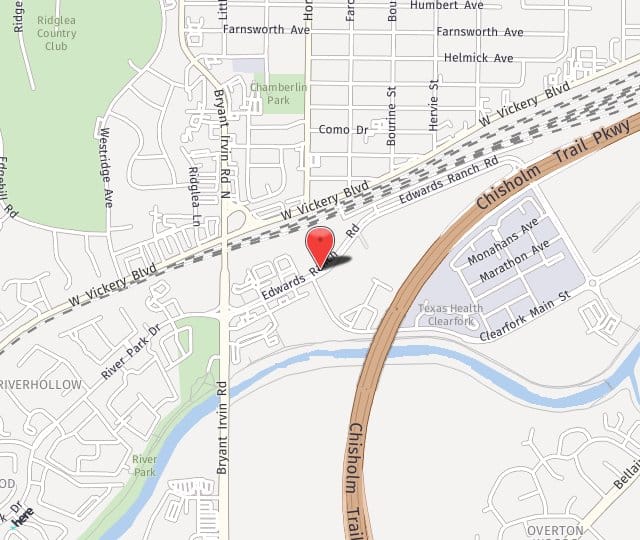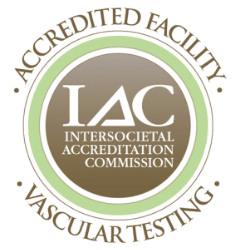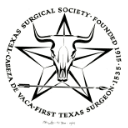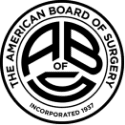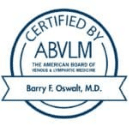Are you kept awake at night with irresistible urges to move your legs; a “creeping” feeling in the legs; persistent leg movement during sleep; or tingling, burning, aching or numbness of the legs? This is known as Restless Leg Syndrome (RLS) and is thought to affect as much as 15 percent of the general population. The symptoms of RLS are worse at night or during periods of relaxation, such as lying down during the day. They tend to improve with activity. These symptoms disrupt the sleep not only of the RLS sufferer but can disrupt the sleep of their bed partner as well.
RLS and Varicose Veins
Venous insufficiency is an often-overlooked cause of Restless Leg Syndrome (RLS). Several studies indicate that as many as 22% of those with RLS also have venous insufficiency. When restless legs occur with venous insufficiency, the RLS can be improved significantly by treating the varicose veins. A study published in the Journal of Phlebology reported that in patients with both RLS and venous disease, 98 percent had their RLS symptoms relieved with varicose vein treatment and 80 percent of them experienced long-term relief. A simple office evaluation and noninvasive duplex ultrasound of your legs is the first step you should take. If you are diagnosed with underlying venous disease and you have restless legs, there is hope.
Patient Testimonial
"Dr. Oswalt is extremely proficient and compassionate. He and his staff truly care and want the best outcome possible for each and every patient they see. I highly recommend Dr. Oswalt for anyone seeking vein treatment. And as a nurse myself I am extremely picky in my choice of physicians. My husband and I drove 7 hours round trip to see Dr. Oswalt and it was totally worth it!"
How is RLS Treated?
We recommend that anyone who suffers from the symptoms of RLS schedule a consultation with our office. During the consultation, we will determine if a diagnostic ultrasound should be scheduled to identify venous disease that can contribute to the RLS. This ultrasound tells us if venous insufficiency is present. If so, we will plan a course of treatment for the varicose veins, which usually includes a combination of laser treatment and sclerotherapy. This treatment will treat the varicose veins and can improve the symptoms of RLS, avoiding the lifelong need to take a neurologic medication.
As the name implies, the chief symptom is an uncontrollable urge to move the legs. These are other accompanying characteristics of restless leg syndrome:
- Sensations that begin after rest — These sensations typically arise after you’ve been lying down or sitting for an extended period, such as in a car, airplane, or movie theater.
- Relief with moving — Once you move, the sensations of restless leg syndrome lessen. Movements would include stretching, jiggling your legs, pacing, or walking.
- Symptoms worsen at night — Symptoms occurs mainly at night.
- Nighttime leg twitching — In some patients, restless leg syndrome is associated with another more common condition called periodic leg movement of sleep, which causes your legs to twitch and kick, possibly throughout the night, while you sleep.
Patients with restless leg syndrome usually describe their symptoms as unpleasant sensations in their legs or feet. They usually occur on both sides of the body, and they are less common in the arms. These are common descriptions of these sensations:
- Crawling
- Creeping
- Pulling
- Throbbing
- Aching
- Itching
- Electric
There is not a known cause for restless leg syndrome. Research points to a possible imbalance of the brain chemical dopamine, which sends messages to control muscle movement.
These are other potential causes:
- Heredity — Restless leg syndrome can run in families, especially if the condition begins before the age of 40. Research has identified sites on the chromosomes where genes for the syndrome may be present.
- Pregnancy — Pregnancy and its hormonal changes can temporarily worsen restless leg syndrome. Some women get the condition for the first time during pregnancy. It usually passes after delivery.
- Venous insufficiency — Studies have shown that almost a quarter of people suffering from restless leg syndrome also have venous insufficiency.
While anyone at any age can develop restless leg syndrome, the disorder is more common with increasing age, and it is more common in women than men. While restless leg syndrome isn’t usually related to a serious underlying medical condition, it can accompany certain conditions, such as:
- Peripheral neuropathy — This is damage to the nerves in a person’s hands and feet due to chronic diseases such as diabetes.
- Iron deficiency — Iron deficiency can cause or worsen symptoms of restless leg syndrome.
- Kidney failure — Kidney failure also often causes iron deficiency, which can cause restless leg syndrome.
- Spinal cord conditions — Lesions on the spinal cord because of damage or injury have been linked to restless leg syndrome. Also, if you’ve had anesthesia such as a spinal block, this increases your risk.
Restless leg syndrome is a neurological disorder. It is also known as Willis-Ekbom disease.
Restless leg syndrome is a lifelong condition. Symptoms can be controlled and managed with various treatments. These often are a combination of medication and home treatments such as using a heating pad when symptoms arise. There is a certain amount of trial and error involved, as patients try different strategies to lessen their symptoms.
However, as mentioned above, in patients whose restless leg syndrome is linked to venous disease, a very high percentage of patients have their symptoms relieved by having their varicose veins treated.
Restless syndrome does tend to become more severe after a person passes middle age.
At least 80 percent of people with RLS have a related condition called periodic limb movement of sleep (PLMS). PLMS causes the legs to twitch or jerk during sleep. This can happen every 15 to 40 seconds and can continue all night long.
As for other conditions that can present similar symptoms, there are many:
- Parkinson’s disease
- Fibromyalgia
- Muscle diseases
- Joint conditions
- Circulation problems
- Peripheral neuropathy
Schedule a Consultation for RLS Treatment in Fort Worth, TX
If you have questions about Restless Leg Syndrome, or if you are seeking treatment, please contact Fort Worth Vein Center to set up a personalized consultation with Dr. Barry Oswalt. Dial 817-536-9600 to reach our office today or click here to submit an email contact form. Our team looks forward to serving you.

